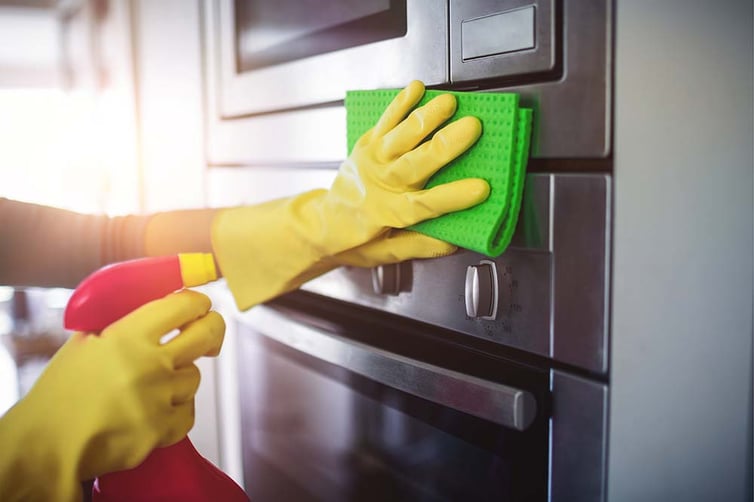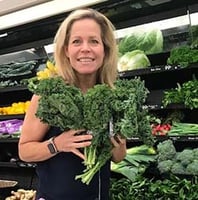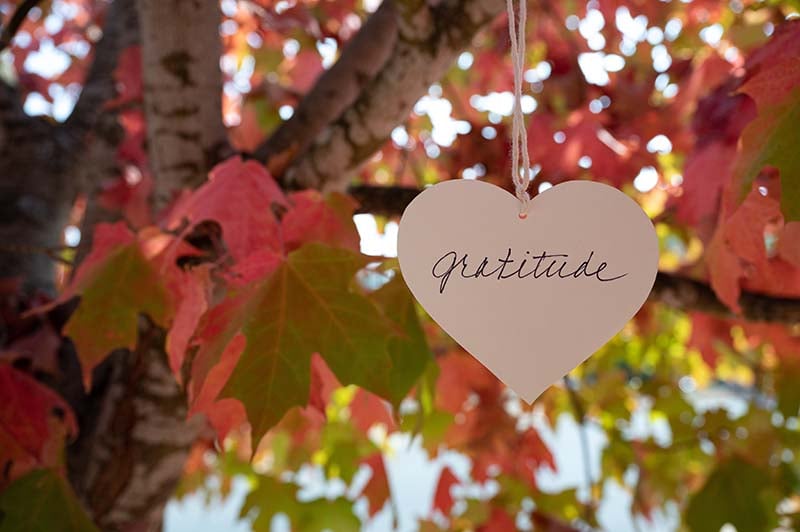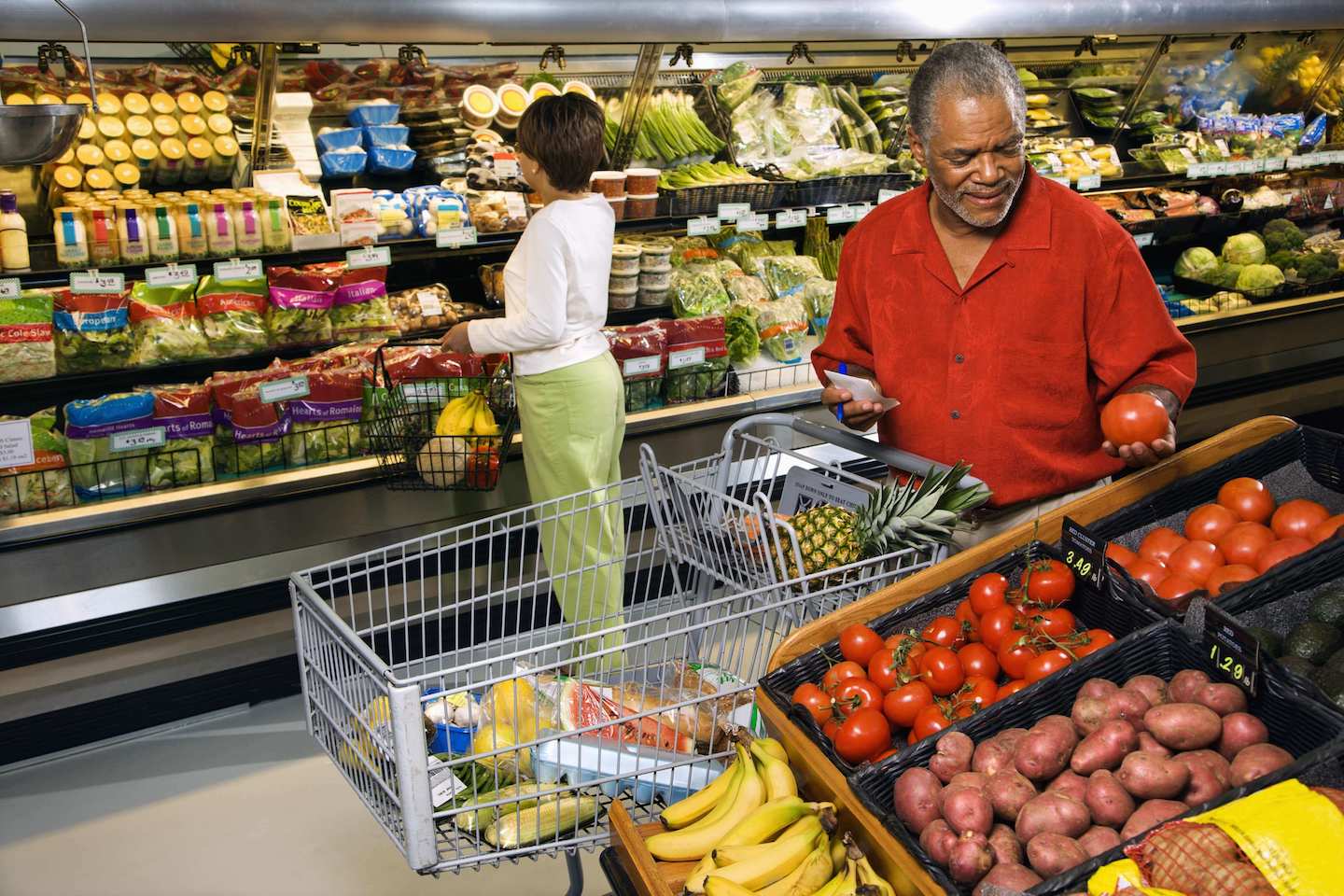Many households try to reduce the number of chemicals in the food we eat and in our houses with our cleaning products. But something happened during Covid shortages. As stores were raided and shelves were emptied, the last products to remain on the shelves were the natural ones.
For most families, both killing germs and avoiding harmful chemicals are important. How do you do both?
The CDC, in their Household Cleaning section, recommends using bleach on your household surfaces. BLEACH! Right after this advice, the CDC reminds us not to mix bleach with any other cleaner, to wear rubber gloves and eye protection, and to try not to breathe in the fumes. Those are a lot of warnings for a product we are purposefully putting in our house.
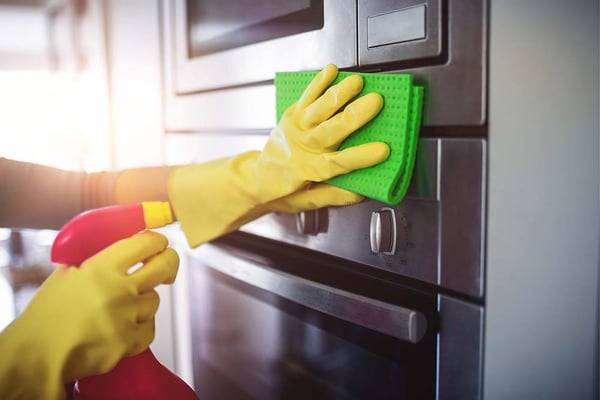
Many of us who rarely used bleach in the past may have pulled it out this year when the desire to kill germs became enhanced. It is important to keep your house clean but if you don’t want to use bleach, know that there are other options. Toxin free cleaning products do exist!
Skip a few weeks of scrubbing that shower, and you can see the mold and mildew growing on your shower curtains and walls. If soap scum builds up enough, you may see a pink-colored bacteria, called Serratia Marcescence, breeding. That’s just what you can see; most germs are not visible to the naked eye!
Gastrointestinal viruses and respiratory problems are just a few illnesses that may be caused by not keeping your house clean. Not cleaning your house can make you sick, but some of the chemicals in our cleaning products can result in health problems, too.
According to the American Lung Association, “Some products release dangerous chemicals, including volatile organic compounds (VOCs). Other harmful ingredients include ammonia and bleach. Even natural fragrances such as citrus can react to produce dangerous pollutants indoors.”
Cleaning supplies have caused health problems such as respiratory illnesses, allergic reactions, headaches, and even cancer. But the most common and immediate concerns include irritation of the eyes, throat, and skin. (lung.org, 2018).
How do you clean, but keep yourself and your family safe?
- Know what’s in the products you use: Read labels on all cleaning supplies before you buy them. Cleaning supplies are not regulated, so you need to do the work yourself. A product may claim that the amount of a harmful substance in their product is too low to harm you, but most of us clean several parts of our house in one day: floors, sinks, ovens, counters, toilets, bathtubs, windows, and the list goes on. If each product you use has a small amount of a harmful substance in it and you use five different cleaners in one day, the number of toxins you breathe, touch, and smell can increase to more dangerous levels.
- Choose products with less of the bad stuff: The U.S. Environmental Protection Agency has a list of products that meet its safer choice requirements for cleaning and other needs.
- Avoid chemicals by using natural products: Choose natural cleaning products, but remember the word “natural” is not federally regulated and can be used loosely.
- Make your own cleaning products: If you have the time, you can ensure you know what’s in your cleaning products by making your own. This is also a great way to not have to rely on your store's supply in case a rush on cleaning products happens again. Check out these recipes.
- Choose products by rating: The Environmental Working Group rates cleaning products. See their reviews here.
- Clean high-touch surfaces regularly like handles and doorknobs or tables and countertops. Though the Centers for Disease Control and Prevention say the risk of catching Covid-19 from a contaminated surface is low, many of us have a heightened awareness of germs. Here is the EPA's list of cleaning products with cleaning agents that kill Covid-19 germs.
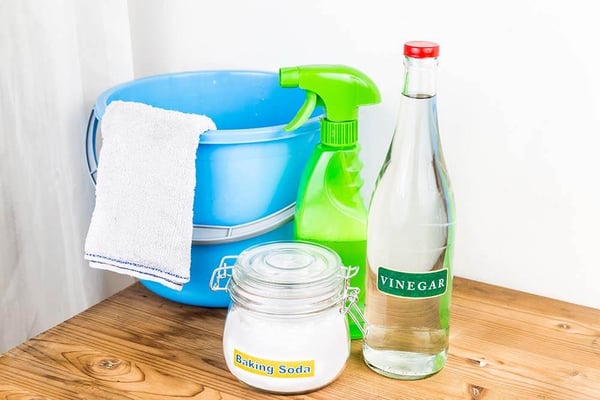
Here are a few products that received an A rating on the EWG’s Guide to Healthy Cleaners:
- Mold control – Concrobium Mold Control by Planet People
- Cleaning the tub or shower – Arm and Hammer Pure Baking Soda
- Surfaces – AspenClean All-Purpose Cleaner
- Windows – Attitude Window & Mirror Eco Cleaner
If you would rather avoid any chance of chemicals, you may want to clean with a product like Norwex. Norwex claims to reduce chemicals because their dense microfiber cleaning cloths and mops use nothing but water.
Conclusion
The choice of what products to use in your home is a personal one. If someone in your family has asthma or a compromised immune system, this choice may be even more important to you.
Hopefully, this article got you thinking about how healthy your home environment is. Research the products you currently use. If their ingredients or ratings shock you, explore other options. As you can see there are many views on how to best clean your home. Knowing the options available to you and what’s in the products you currently use are the best methods in determining the optimum method for cleaning your home.
Here’s to a spring cleaning season and keeping your family safe!
